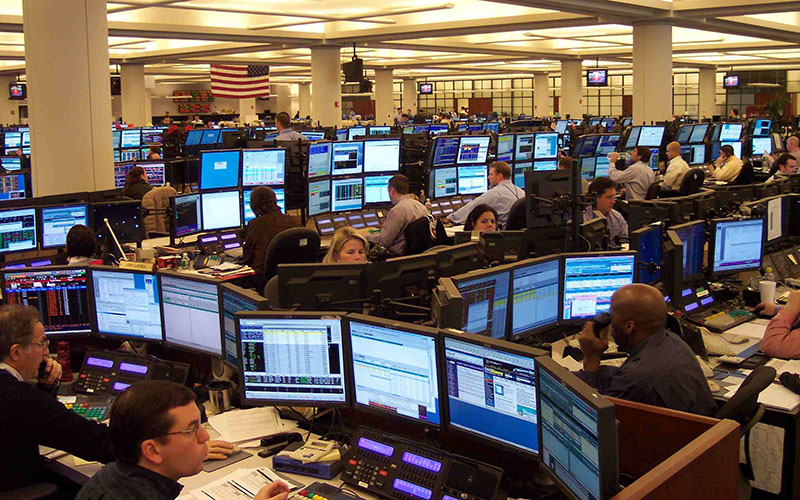(Bloomberg) — Oil prices won’t rise much further over the next year and a half as demand growth slows and refiners comfortably meet gasoline consumption, according to the world’s largest independent oil-trading house.
“I cannot see the market really roaring ahead,” Vitol Group Chief Executive Officer Ian Taylor told Bloomberg Television in an interview. “We have a lot of oil in the system and it will take us considerable time to work that off.”
Since rallying from a 12-year low of $27.10 a barrel in January, Brent crude has been hovering around $50 a barrel for the last month. The international benchmark will probably end the year “not too far away from where we are today” and rise to about $60 by the end of 2017, Taylor said.
The forecast, which coincides with a similar view from Goldman Sachs Group Inc., would mean oil-rich countries and the energy industry face a prolonged period of low prices, more akin to the 1986 to 1999 downturn than the swift recovery after the 2008 financial crisis. Vitol trades more than 6 million barrels a day of crude and refined products — enough to cover the needs of Germany, France, Italy and Spain together — and its views are closely followed in the energy market.
Brent crude fell to $47.97 a barrel in London at 4:43 p.m. local time, down $2.13. In New York, West Texas Intermediate, the U.S. benchmark, fell 4.5% to $46.77 a barrel.
Taylor, who has traded oil for nearly four decades, said one-off factors, including supply disruptions and stronger-than-expected demand growth, helped to tighten the market in the first half, lifting prices.
Demand Growth
“We probably expect demand growth to be slightly less in the second half of the year,” he said. “There is a little less pull from the Far East” and basic Chinese refineries, known as teapots, seem well satisfied after having “overbought” crude in the first months of the year, he said.
Summer driving in the U.S. may not be so bullish for oil because “the refinery system of the world has clearly been able to make enough gasoline, and the gasoline stocks are healthy,” Taylor said.
U.S. wholesale gasoline futures for delivery in August — traditionally the peak of the driving season — traded at $1.44 a gallon in New York at 4:48 p.m. Tuesday, below the price for futures for delivery in September, suggesting current supplies are plentiful. “We don’t see any shortages of gasoline,” Taylor said.
Supply Disruptions
At the same time, “most of the disruptions are beginning to correct themselves,” such as wildfires that halted Canadian output, Taylor said.
The oil price outlook is unlikely to change significantly in 2017 as supply from new oilfields, including the super-giant Kashagan in Kazakhstan and others in the U.S. Gulf of Mexico, offset production drops elsewhere, Taylor said. The wild card for next year is U.S. shale supply, which appears to have reached a bottom, but it’s too early to say whether growth will resume.
U.S. oil production was hit hard by the plunge in oil prices after the Organization of Petroleum Exporting Countries diverged from its traditional policy of adjusting supply to manage prices, announcing in late 2014 that it would maintain output to defend its position in the market. The nation pumped 8.6 million barrels a day last month, down from a peak of 9.6 million in June 2015.
Vitol, which celebrates its 50th anniversary this year and is owned by its employees, didn’t make as much money in the first half of the year as in the same period in 2015, Taylor said. It earned $1.6 billion last year, the most since 2011, as it profited from price swings in the energy market.
Bloomberg News by Javier Blas and Ryan Chilcote




